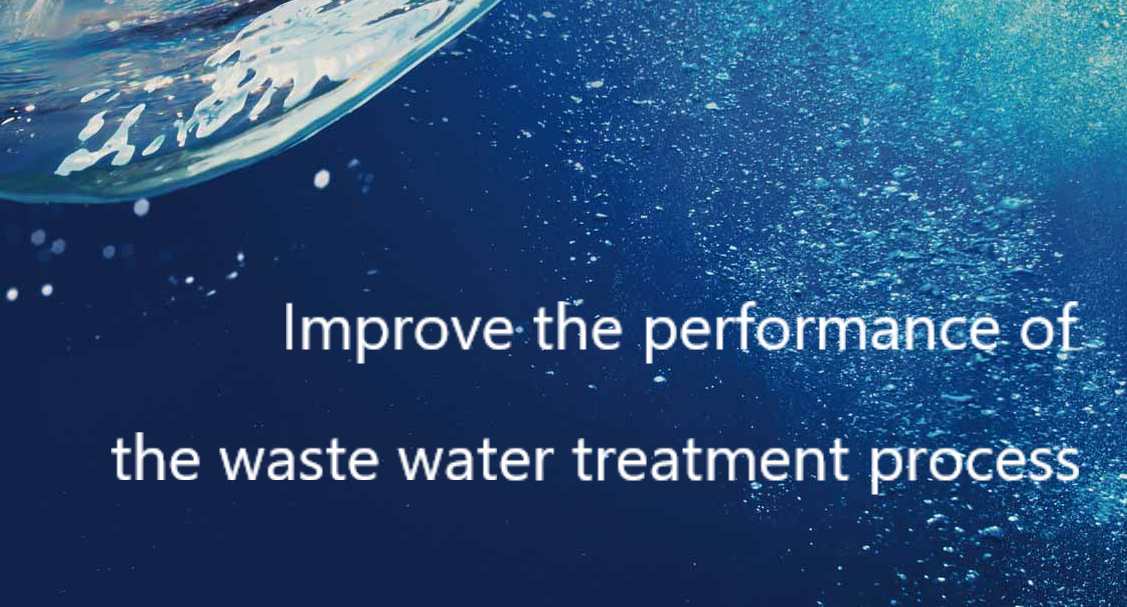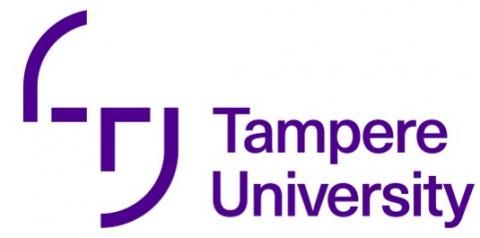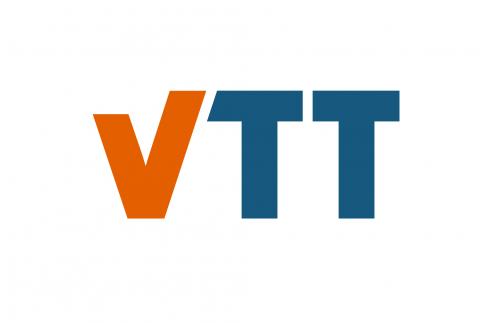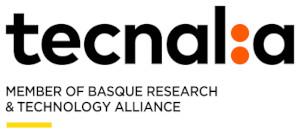Data Analysis for optimized water processing as a roadmap to a smart city
By Peter Craamer from MSI group (www.msigrupo.com)
In 1900, just 15% of the world’s population lived in cities. Now that proportion is over 50%, and in 2050 it is expected to be more than 65% which is a lot of people. The world’s urban population is expected to surpass six billion by 2045. As a result, cities will face numerous challenges in meeting the needs of their growing urban populations, especially when considering clean water distribution and waste water treatment. Technology can help with this.
Digital sensors, smart phones, information and communication technologies (ICT), data analytics, cloud computing, etc are allowing lately for a new type of interaction with any kind of process in our personal life. And also for water processing industries, ICT, data analytics (Big Data) and the internet of things (IoT) can be used to interact with citizens and to optimize the processes, improving quality, increasing throughput and reducing resources consumption like energy. This so-called digitalization of these industrial processes, will finally lead to improvement of city living and contribute to the creation of “smart cities”.
However, water infrastructure is often overlooked when smart cities are considered or discussed. This seems strange when water services are so crucial for human health and well-being. But water is often seen as an “invisible utility” which is taken for granted. The industry has also been slow to harness the power of new technology, but one thing is certain though – water should be a key element of the smart city concept.
As in all greenfield projects, when an industrial process is started, in the beginning the main focus is on throughput: to achieve the expected production with the right quality. “First effectiveness and then efficiency”, is commonly applied in industry. Once the milestone of effectiveness is reached, owners or operation managers start to focus on optimizing the production process, improving operations.
The same happens in water treatment, during many years wastewater treatment facilities have been built and put into operation with the main goal to guarantee water quality. Now, after having done all construction investments, a wave of optimizations is showing up with focus on doing the same (or better) with less resources. This is especially true in the field of energy efficiency, now that energy cost is constantly rising and operational budgets are under pressure, but optimization implementations should not be limited to reduce energy consumption and should be held in all parts of the process.
Operation managers should trace a roadmap of optimization with a focus on multiple elements like energy efficiency, maintenance cost reduction, material reuse & recycling, safe operation, etc… In this context, many areas of optimization can be identified and depending on the plant´s strategy and particular needs, a priority must be given to the different optimization projects. Although this is true and common sense for most industrial processes, the wastewater treatment sector is characterized by some particular elements which make that there can be interesting opportunities for optimization.

First of all, having the correct infrastructure or adequate capital goods is crucial for optimum operation. Generally, Waste Water Treatment plants are designed to last for 25 years and their design is based on the urban growth for that area in that timeframe. All related capital goods are selected, bought and implemented to fulfill these needs, but in the first years of operations these demanding conditions hardly exist, making it very common to have an oversized capital good infrastructure, at least temporarily. And it might be possible that the urban growth is wrongly estimated making the oversize issue a more structural problem. When optimizing the process, it is important to know what the real usage is during operation and leave behind the estimated usage from the design phase, especially when equipment must be replaced.
Secondly, waste water treatment is all but a static process and is heavily influenced by parameters that have a big impact on process operations. The flow into any wastewater treatment plant varies widely on an hourly, daily or even annual basis as residential, commercial and industrial customers’ usage patterns change. Even water systems experience changes in the quality of water coming into the treatment plant as fluctuations in reservoir levels and rainfall -short and heavy or continuous in time-, influence heavily the operations optimization. These, together with other influencers, cause an extremely dynamic hydraulic behavior which is in contrast with a more static biological behavior of the process where the micro-organisms have a big inertia to treat the water. These circumstances make that optimization not only depends on efficient capital goods, but put more and more pressure on water and wastewater systems to increase their levels of automation and data management and implement advanced data capturing strategies and analysis solutions. Having or hiring the capacity to model and predict the behavior of the plant based on the collected process data (empirical modeling) will be very important in the near future to become more effective and efficient to identify cyclical, predictive behavior and exceptional behavior.
Finally, it is also important to consider the option to benefit from plant wide control solutions, since nowadays in case optimizations are done, they are mostly applied locally in different areas like biological treatment, sludge treatment, digesters, etc. Although these different functional areas are linked and have dependencies, few optimizations are done considering the whole plant or multiple functional areas, making possible that improved operation in one functional area has negative consequences in other, dependent, areas. The goal of plant wide control optimization strategies is to achieve that the result of the optimization of the complete (industrial) process, is better than the sum of the performances of the different optimized functional areas when treated as islands. It is here where the COCOP project results can contribute to the waste water treatment sector achieving benefits from plant wide optimization solutions.
MSI believes that the ability to capture, store and analyze large amounts of water-related data will change future water management and automation strategies to identify statistical patterns that visualize correlations and trends, able to forecast problematic events, and ultimately allow them to deploy resources for their best-use across the water infrastructure.
Follow the discussion in the COCOP Debate Group of Linkedin















